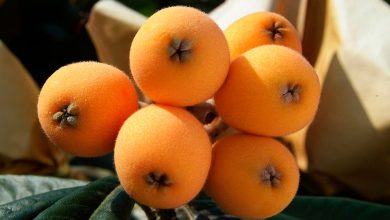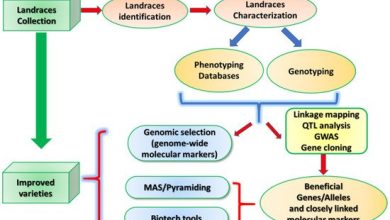Pests or Diseases in the Gardener: What can it be?
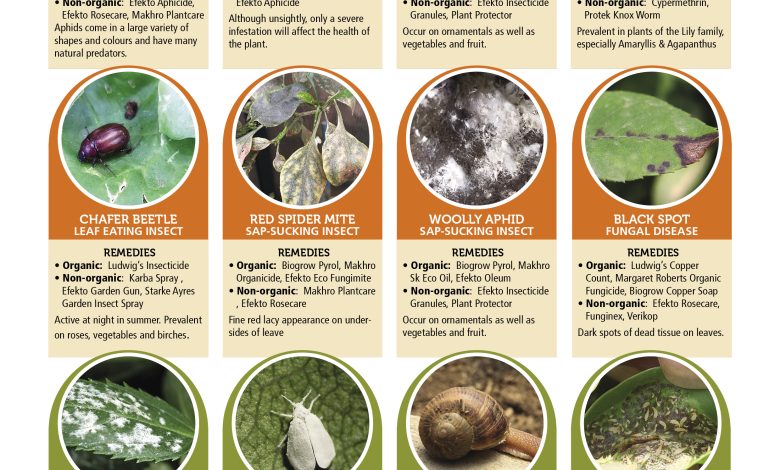
Hello Agrohuerters, today, as the title says, we are once again carefully analyzing a practical case of pests or diseases in some horticultural plants in a garden. On this occasion, Victoria has written to us from Valencia (Spain), so that we can help her with the problem of pests or diseases that she is having in her urban garden.
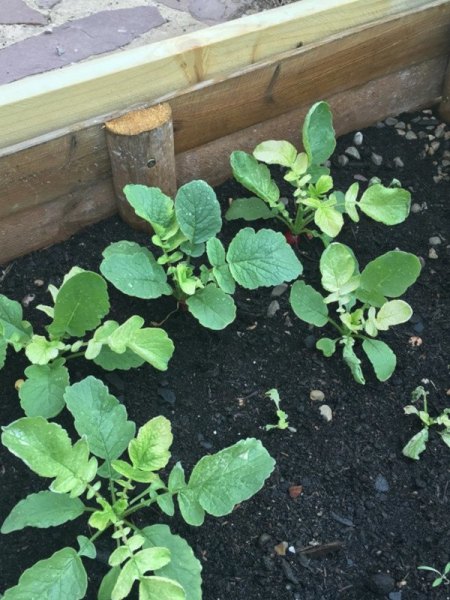
Organic garden on the terrace
Victoria has a small garden on her terrace, in which she cultivates organically. Right now he has beans, lettuce and radishes planted on it. All these species are placed in a single planter, which is large as it respects a very adequate distance between plants and plant lines.
The plants are still very young and the substrate is special for organic crops. The plants were obtained from seeds, specifically the bean seeds were brought from South America and the seeds of the other species were bought together with the substrate in a department store.
Symptoms of affected plants
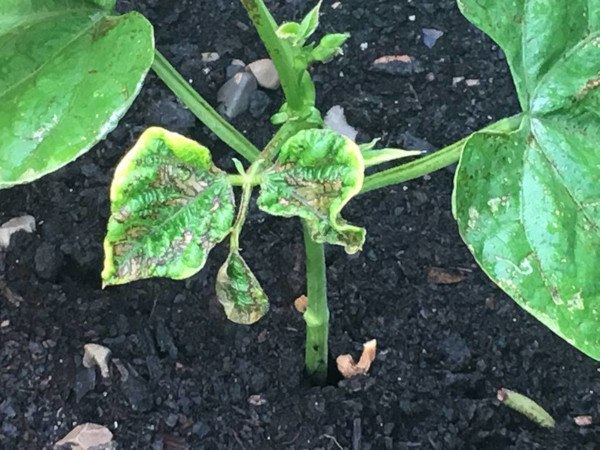
The first symptoms that began to become visible were on the leaves of the bean plants, they began to wrinkle and brown spots appeared. About 3 days after seeing these first symptoms, the entire plants withered and the leaves turned whitish. In the end they ended up dying.
Just shortly before the beans died, the other plants began to be affected with very similar symptoms and also began to die.
In the photo you can see how the leaf presents necrosis, that is, the cells have died, which gives rise to that brown tone, we can also see how there are small white areas, which will later increase in size.
Mushrooms in the gardens
Firstly we are going to rule out the possibility that they are fungi, for several reasons: Although the photo shows the soil and some wet leaves, it is because before taking the photos an irrigation had been made, and they have assured us that no irrigations have been made in excess. On the other hand, no type of white powder has been observed on the leaves and, furthermore, there is no rot on any plant, on the contrary, they are dry. All this gives us an idea that it is most likely not fungi.
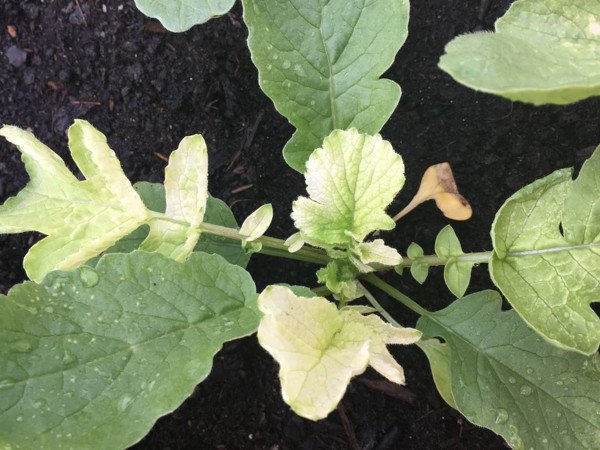
Galleries in the leaves: caterpillars in the planters
On the other hand, the owner has told us that she has not seen any type of insect on the leaves or on the plant. The fact that insects are not visible to the naked eye does not mean that there are not or have not been. Due to the way in which the leaves are affected, it is most likely that if it was a pest, it was a leafminer insect. This insect would have started with the beans and once they have depleted their nutrient reserves, they would have gone to neighboring plants.
Plants affected by bacteria
Another hypothesis is that it is a bacterium, this could only be in the bean seeds, which are the only ones that have not been bought, and that, as previously mentioned, were brought from another country. It must be clarified that the seeds and the substrate, having been purchased, must pass quality controls and it would be very strange if they were with some type of pathogen.
This possibility is valued because the first symptoms that a plant presents when it has bacteria are circular brown circles that may in turn be surrounded by another yellow circle and the center turns white, later the leaf can curl up and always ends up drying, as well as Whole plant. They could be from some family of the Xanthomonas. The bacteria reproduce at a very fast rate, so it could infect nearby plants.
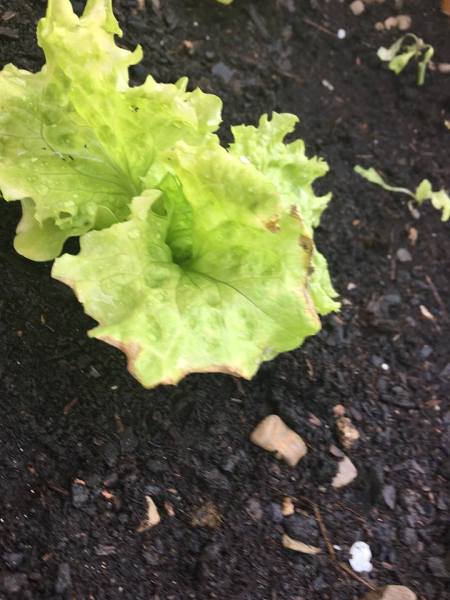
One last hypothesis is that the plants have suffered from this phytopathology due to an excess of nutrients. Because the leaves are usually the first to present brown areas.
Green solutions for garden pests
If the cause is mining insects, the most appropriate thing would be to use an ecological insecticide and for the next plantation use it preventively. Also by way of prevention for the next plantations, the most advisable thing would be to change the substrate in case any larva had fallen into it. Since, as Victoria has told us, almost all the plants died, so they will have to plant again.
If it were bacteria, the infected seeds would have to be discarded and the safe ones used, it would be totally necessary to renew the substrate, since the bacteria remain in the one in the planter in contact with the affected plants. It would be advisable to wash the planter, and start the cultivation again with healthy seeds. For bacteria, prevention is always recommended, because it is very difficult to cure plants, since they become infected very quickly.
Finally, if it is due to excess fertilizer, it is enough to find out about the sufficient quantities and optimal times to make the fertilizer, and provide them appropriately.
References
- Polak, E., Aebi, M., KÜES, U. (2001).Morphological variations in oidium formation in the basidiomycete Coprinus cinereus.MycologicalResearch. 105(5), 603-610.
- Braun, U. (1980).Morphological Studies in the Genus Oidium. Flora. 170(1–2), 77-90.
- Romanazzi, C., Feliziani, E. (2014).Chapter 4 – Botrytis cinerea (Gray Mold). Editor(s): Silvia Bautista-Baños, Postharvest Decay, Academic Press,131-146.
Victoria has been recommended to plant bean plants in one pot and plants from purchased seeds in another, to give them the strictly necessary care and thus rule out bacteria and see if they could be leafmining insects. He will tell us how they evolve. And as we always say, these diagnoses are the most probable hypotheses, since to be sure of what it is, it is necessary to do a laboratory analysis.
Greetings Agrohuerters and until next time.

